Home>Furniture & Design>Outdoor Furniture>How To Get Rid Of Gnats In Outdoor Plants
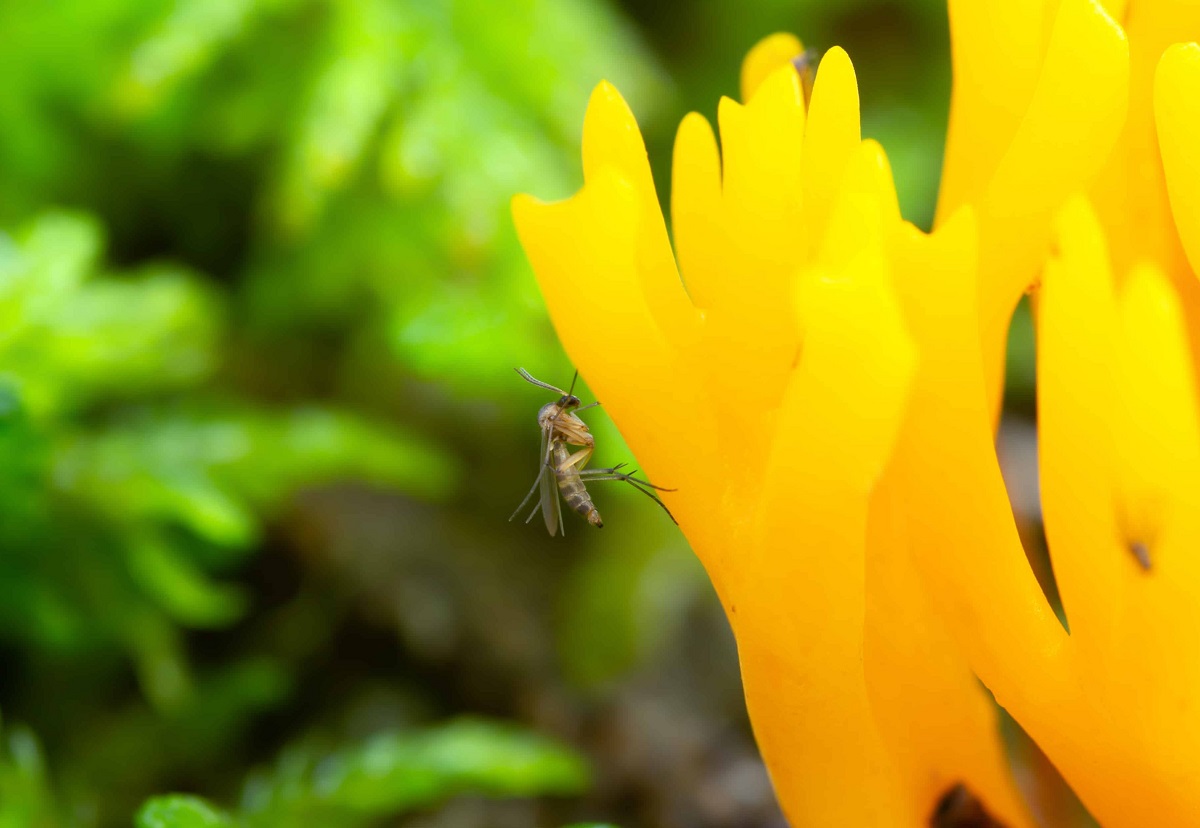

Outdoor Furniture
How To Get Rid Of Gnats In Outdoor Plants
Modified: January 15, 2024
Learn effective ways to eliminate gnats from your outdoor plants with our expert tips and solutions. Protect your outdoor furniture and design from pesky pests.
(Many of the links in this article redirect to a specific reviewed product. Your purchase of these products through affiliate links helps to generate commission for Storables.com, at no extra cost. Learn more)
Introduction
Gnats can quickly turn a peaceful outdoor oasis into a frustrating battleground. These tiny, flying insects can be a nuisance for anyone trying to enjoy their outdoor furniture and garden. Whether you're hosting a backyard barbecue, lounging on your patio, or tending to your outdoor plants, gnats can disrupt the tranquility of these moments. However, with the right knowledge and strategies, you can effectively combat and prevent gnats from wreaking havoc in your outdoor space.
In this comprehensive guide, we'll delve into the various methods for identifying, preventing, and eliminating gnats from your outdoor plants and furniture. From natural remedies to chemical treatments, we'll explore the most effective approaches to help you reclaim your outdoor sanctuary from these pesky pests. So, let's roll up our sleeves and embark on a journey to rid your outdoor space of gnats once and for all.
Key Takeaways:
- Say goodbye to pesky gnats in your outdoor space by optimizing watering, improving soil drainage, and using natural remedies like neem oil and cinnamon powder.
- Keep your outdoor oasis gnat-free with proactive measures, natural remedies, and targeted chemical treatments when necessary. Enjoy your outdoor furniture and plants without the nuisance of gnats!
Read more: How To Get Rid Of Outdoor Gnats
Identifying the Gnats
Before you can effectively address a gnat infestation in your outdoor space, it’s essential to accurately identify these tiny pests. Gnats are small, delicate insects with long legs and antennae, typically measuring around 1/8 inch in length. They are commonly mistaken for fruit flies due to their similar appearance, but gnats are generally more slender and have a slender, elongated body.
One of the most common types of gnats encountered in outdoor settings is the fungus gnat. These gnats thrive in moist environments, making outdoor plants and garden soil prime breeding grounds. Fungus gnats are attracted to decaying organic matter and lay their eggs in damp soil, where the larvae feed on fungi and plant roots. As a result, outdoor plants are particularly susceptible to fungus gnat infestations.
Another prevalent species of gnats that may plague your outdoor space is the eye gnat. These tiny insects are drawn to the moisture around the eyes, nose, and mouth of humans and animals, making outdoor gatherings and activities uncomfortable and irritating. Identifying the specific type of gnat infesting your outdoor area is crucial for implementing targeted eradication and prevention methods.
When inspecting your outdoor plants and furniture for signs of gnats, keep an eye out for small, dark flying insects hovering around the soil surface, as well as tiny, wriggling larvae in the soil. Additionally, observe any areas of excessive moisture or decaying organic matter, as these are attractive breeding sites for gnats. By understanding the characteristics and behaviors of gnats, you can take the necessary steps to combat their presence and protect your outdoor space from infestation.
Prevention Methods
Preventing gnat infestations in your outdoor space is essential for maintaining a pleasant and pest-free environment. By implementing proactive measures, you can significantly reduce the likelihood of gnats taking hold in your outdoor plants and furniture. Here are some effective prevention methods to safeguard your outdoor sanctuary:
- Optimize Watering Practices: Overwatering outdoor plants can create a hospitable environment for gnats, as excessive moisture promotes the growth of fungi and attracts these pests. Ensure that your watering routine is tailored to the specific needs of each plant, allowing the soil to dry out between waterings to discourage gnat breeding.
- Improve Soil Drainage: Amending the soil in your outdoor planters and garden beds with organic matter, such as compost or peat moss, can enhance drainage and reduce excess moisture, making the environment less conducive to gnat infestations.
- Maintain Cleanliness: Regularly remove fallen leaves, decaying plant matter, and other debris from the vicinity of outdoor plants and furniture. By keeping the area tidy and free of organic debris, you can minimize potential gnat breeding sites.
- Utilize Protective Barriers: Consider using physical barriers, such as fine mesh netting, to shield vulnerable outdoor plants from gnat infestations while still allowing air and light to penetrate. This can be particularly beneficial for safeguarding young seedlings and delicate plants.
- Enhance Air Circulation: Promote air circulation around outdoor plants by strategically positioning fans or ensuring that they are not overcrowded. Improved airflow can help deter gnats and other moisture-loving pests from settling in your garden.
- Monitor Indoor Plants: If you have indoor plants that are periodically moved outdoors, inspect them for signs of gnat infestations before transitioning them back inside. This proactive approach can prevent the introduction of gnats into your outdoor space.
By incorporating these preventive measures into your outdoor maintenance routine, you can create an inhospitable environment for gnats, reducing the risk of infestation and preserving the beauty and tranquility of your outdoor oasis.
To get rid of gnats in outdoor plants, try using a mixture of water and dish soap to create a trap. Place the mixture in a shallow container near the plants to attract and trap the gnats.
Natural Remedies
When faced with a gnat infestation in your outdoor space, natural remedies offer an eco-friendly and non-toxic approach to combatting these pesky pests. By harnessing the power of natural ingredients and methods, you can effectively repel and eliminate gnats while safeguarding the well-being of your outdoor plants and the surrounding environment. Here are some natural remedies to consider:
- Neem Oil: Derived from the seeds of the neem tree, neem oil is a potent natural insect repellent with antifungal properties. Dilute neem oil with water and apply it to the soil of outdoor plants to deter gnats and disrupt their life cycle.
- Sticky Traps: Utilize yellow sticky traps, coated with a non-toxic adhesive, to capture adult gnats in your outdoor space. Place the traps near affected plants to intercept and reduce the gnat population.
- Diatomaceous Earth: Sprinkle food-grade diatomaceous earth on the soil surface of outdoor planters to desiccate gnat larvae upon contact. This natural substance effectively dehydrates and eliminates the larvae without posing harm to plants or beneficial organisms.
- Beneficial Nematodes: Introduce beneficial nematodes, microscopic roundworms that prey on gnat larvae, into the soil of outdoor planters and garden beds. These natural predators can help control gnat populations and prevent infestations.
- Cinnamon Powder: Dusting the soil of outdoor plants with cinnamon powder can act as a natural gnat repellent. The antimicrobial properties of cinnamon may deter gnats and inhibit the growth of fungi in the soil.
- Vinegar Traps: Create a vinegar trap by filling a shallow dish with apple cider vinegar and a few drops of dish soap. The vinegar attracts gnats, while the soap reduces surface tension, causing the gnats to drown upon contact.
By incorporating these natural remedies into your gnat control strategy, you can effectively combat infestations while minimizing the impact on the environment and the overall health of your outdoor space. These natural solutions offer a safe and sustainable approach to managing gnat populations and preserving the beauty of your outdoor sanctuary.
Chemical Treatments
While natural remedies offer eco-friendly solutions for gnat control, there are instances where chemical treatments may be necessary to address severe infestations in your outdoor space. When implemented responsibly and in accordance with product instructions, targeted chemical treatments can effectively eradicate gnats and prevent their resurgence. Here are some chemical treatments to consider:
- Insecticidal Soaps: Utilize insecticidal soaps formulated for outdoor use to treat gnat-infested plants. These soaps work by suffocating and dehydrating the insects upon contact, providing a targeted and relatively safe method of gnat control.
- Botanical Pyrethrins: Derived from chrysanthemum flowers, botanical pyrethrins are natural insecticides that can be applied to outdoor plants to combat gnats. These compounds disrupt the nervous system of insects, effectively eliminating gnat populations while posing minimal risk to non-target organisms.
- Bacillus thuringiensis (Bt): Select Bt-based products designed for controlling fungus gnat larvae in outdoor planters. Bt is a naturally occurring bacterium that specifically targets the larvae of certain insect pests, offering a targeted and environmentally conscious approach to gnat management.
- Systemic Insecticides: Consider systemic insecticides for outdoor plants that are particularly susceptible to gnat infestations. These products are absorbed by the plant and provide long-lasting protection against gnats and other pests, offering a proactive defense mechanism.
- Aerosol Insecticides: In cases where adult gnats are present in outdoor living areas, aerosol insecticides formulated for flying insects can be used to directly target and eliminate these pests. Exercise caution and follow safety guidelines when using aerosol products in outdoor settings.
When opting for chemical treatments to address gnat infestations, it is crucial to prioritize safety, environmental considerations, and adherence to product usage guidelines. Always read and follow the instructions provided by the manufacturers, and consider consulting with a professional pest control expert for guidance on selecting and applying chemical treatments in your outdoor space.
By integrating targeted chemical treatments with natural remedies and preventive measures, you can effectively combat gnat infestations in your outdoor environment while maintaining a balanced approach to pest management.
Read more: How To Get Rid Of Gnats In Grass
Conclusion
As you navigate the realm of outdoor furniture, plants, and design, the presence of gnats can pose a persistent challenge to the tranquility and enjoyment of your outdoor space. However, armed with the knowledge and strategies outlined in this guide, you are well-equipped to tackle gnat infestations and fortify your outdoor sanctuary against these pesky pests.
By accurately identifying the types of gnats that may plague your outdoor environment, such as fungus gnats and eye gnats, you can tailor your approach to gnat control and prevention. Implementing proactive measures, including optimizing watering practices, improving soil drainage, and maintaining cleanliness, can create an inhospitable environment for gnats, reducing the likelihood of infestations.
Embracing natural remedies, such as neem oil, sticky traps, and beneficial nematodes, offers a sustainable and eco-friendly approach to combatting gnats while preserving the well-being of your outdoor plants and the surrounding ecosystem. Additionally, targeted chemical treatments, when used responsibly and in accordance with product instructions, can provide effective solutions for addressing severe gnat infestations in your outdoor space.
As you embark on your journey to rid your outdoor environment of gnats, remember to prioritize safety, environmental considerations, and a holistic approach to pest management. By integrating natural remedies, preventive measures, and, when necessary, targeted chemical treatments, you can reclaim the beauty and serenity of your outdoor oasis, ensuring that it remains a welcoming haven for relaxation, gatherings, and the appreciation of nature.
With a proactive and informed approach to gnat control and prevention, you can enjoy your outdoor furniture and plants to the fullest, creating a harmonious and pest-free environment that enhances your outdoor living experience.
Frequently Asked Questions about How To Get Rid Of Gnats In Outdoor Plants
Was this page helpful?
At Storables.com, we guarantee accurate and reliable information. Our content, validated by Expert Board Contributors, is crafted following stringent Editorial Policies. We're committed to providing you with well-researched, expert-backed insights for all your informational needs.
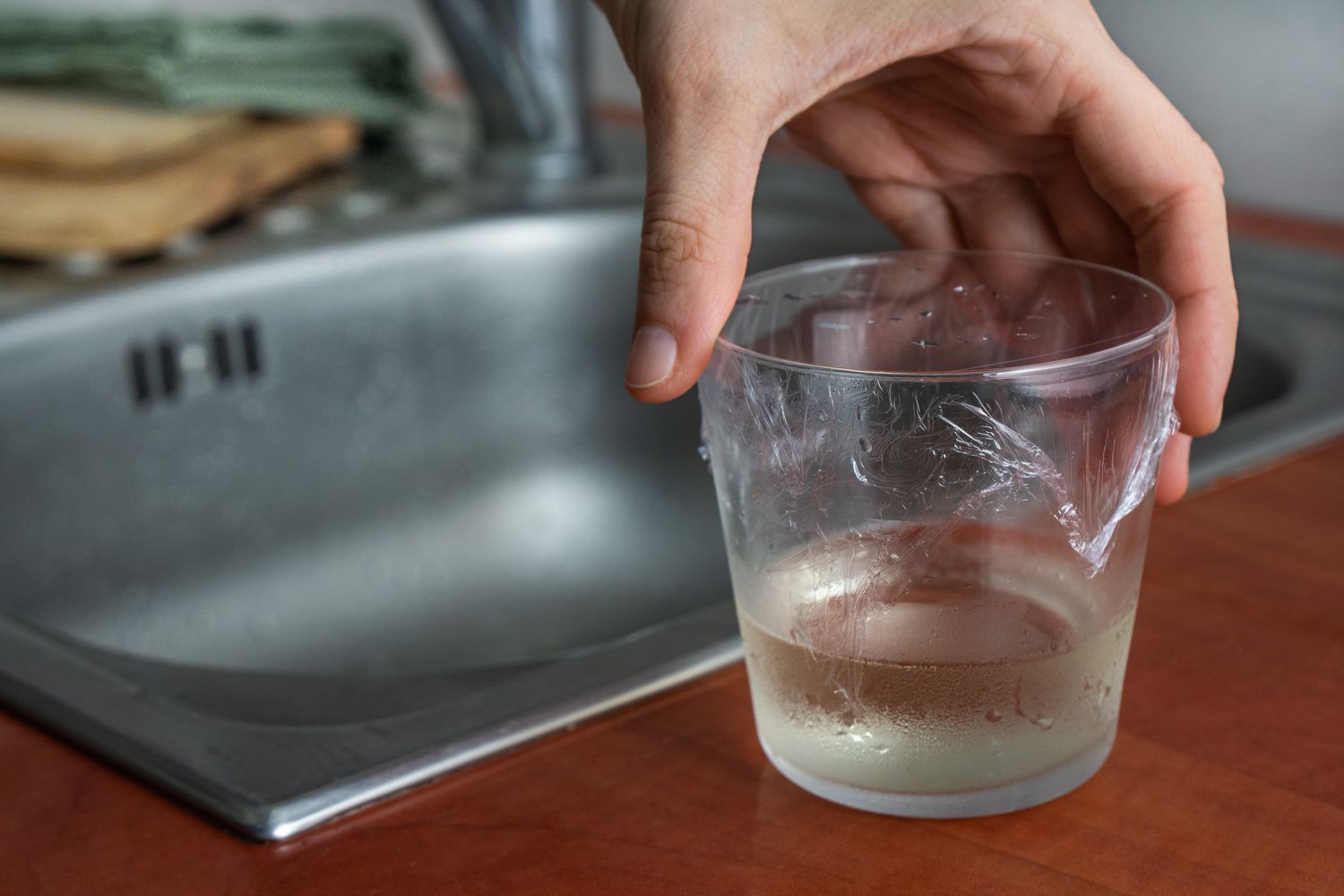
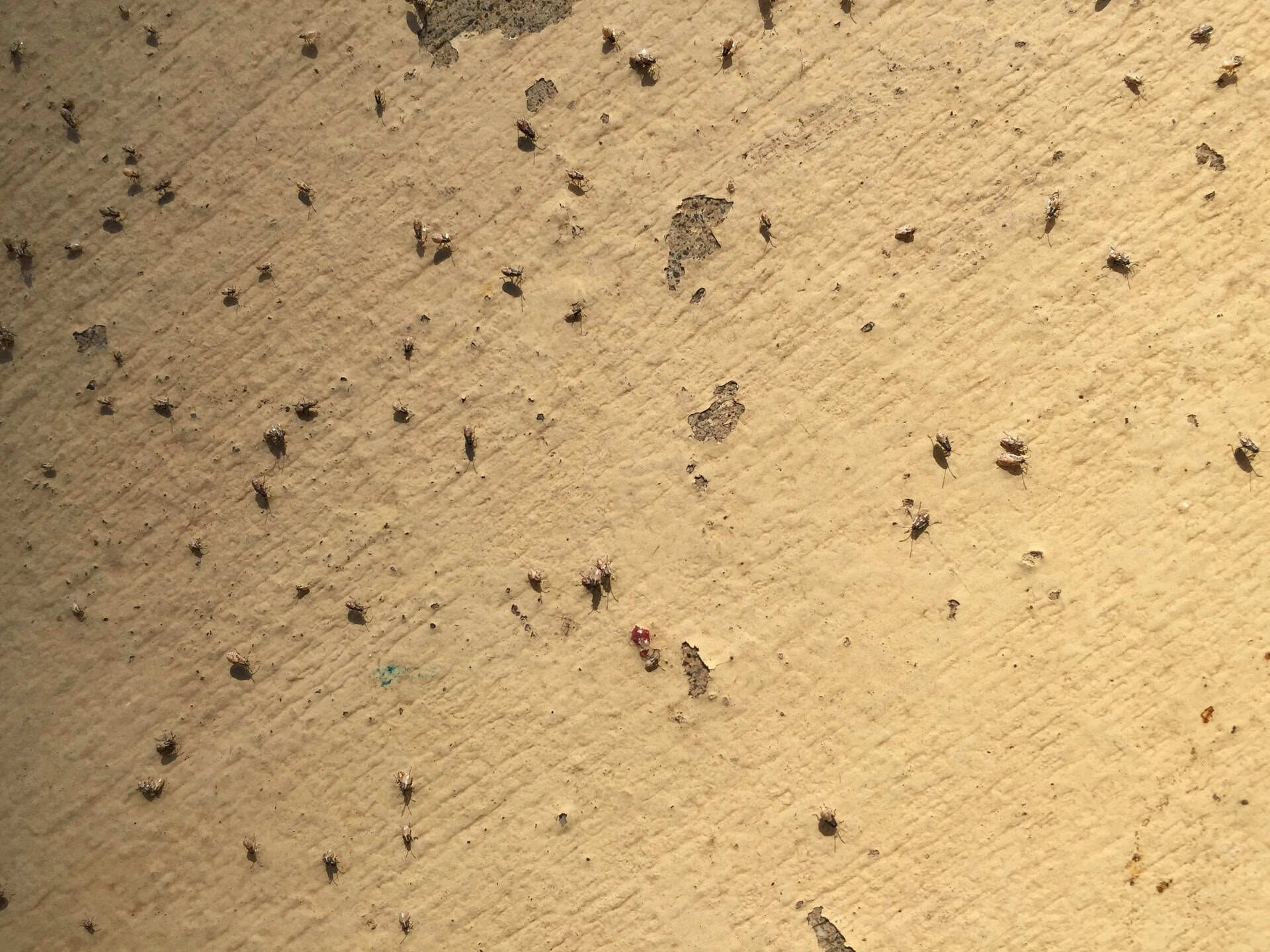
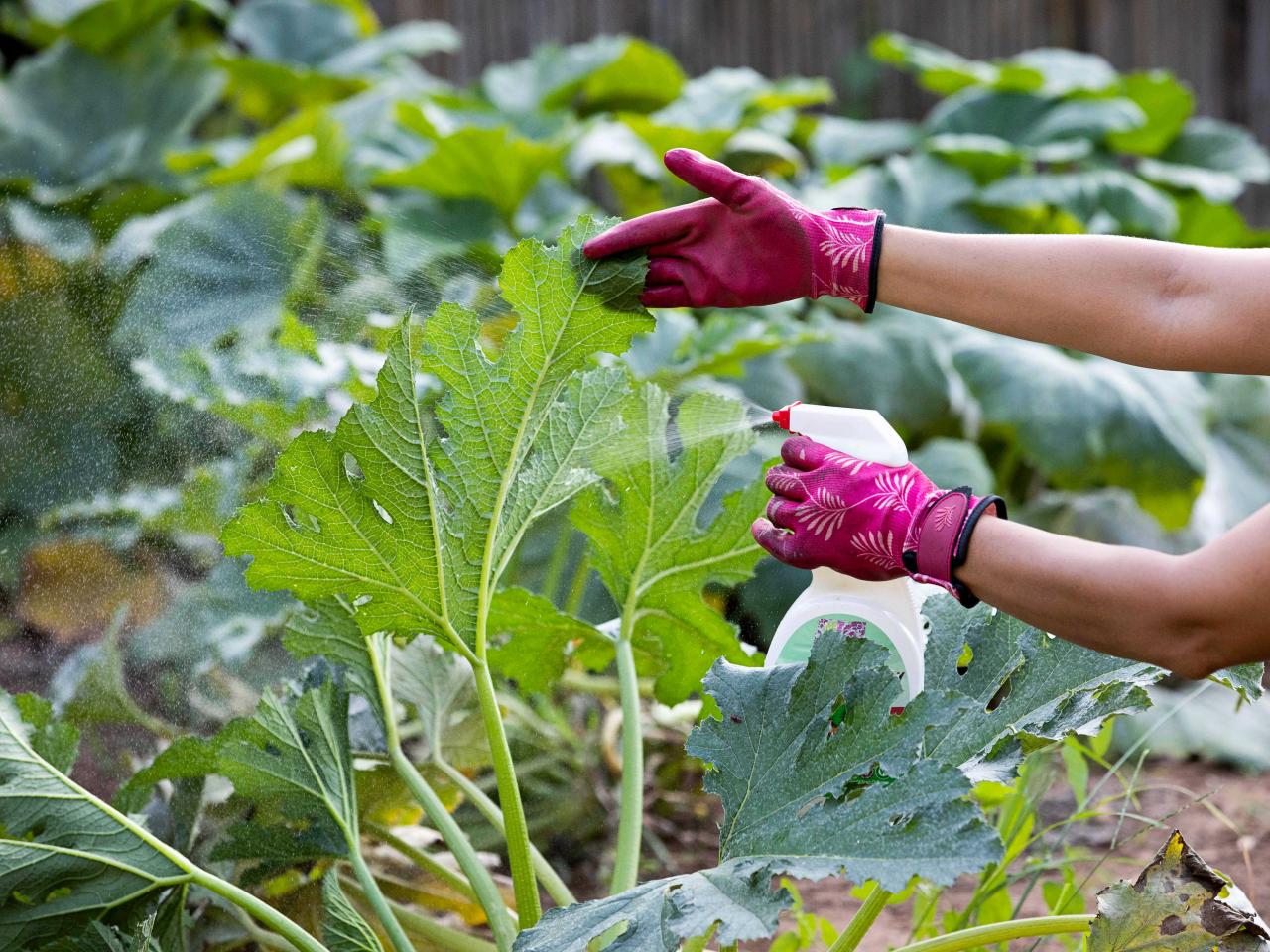
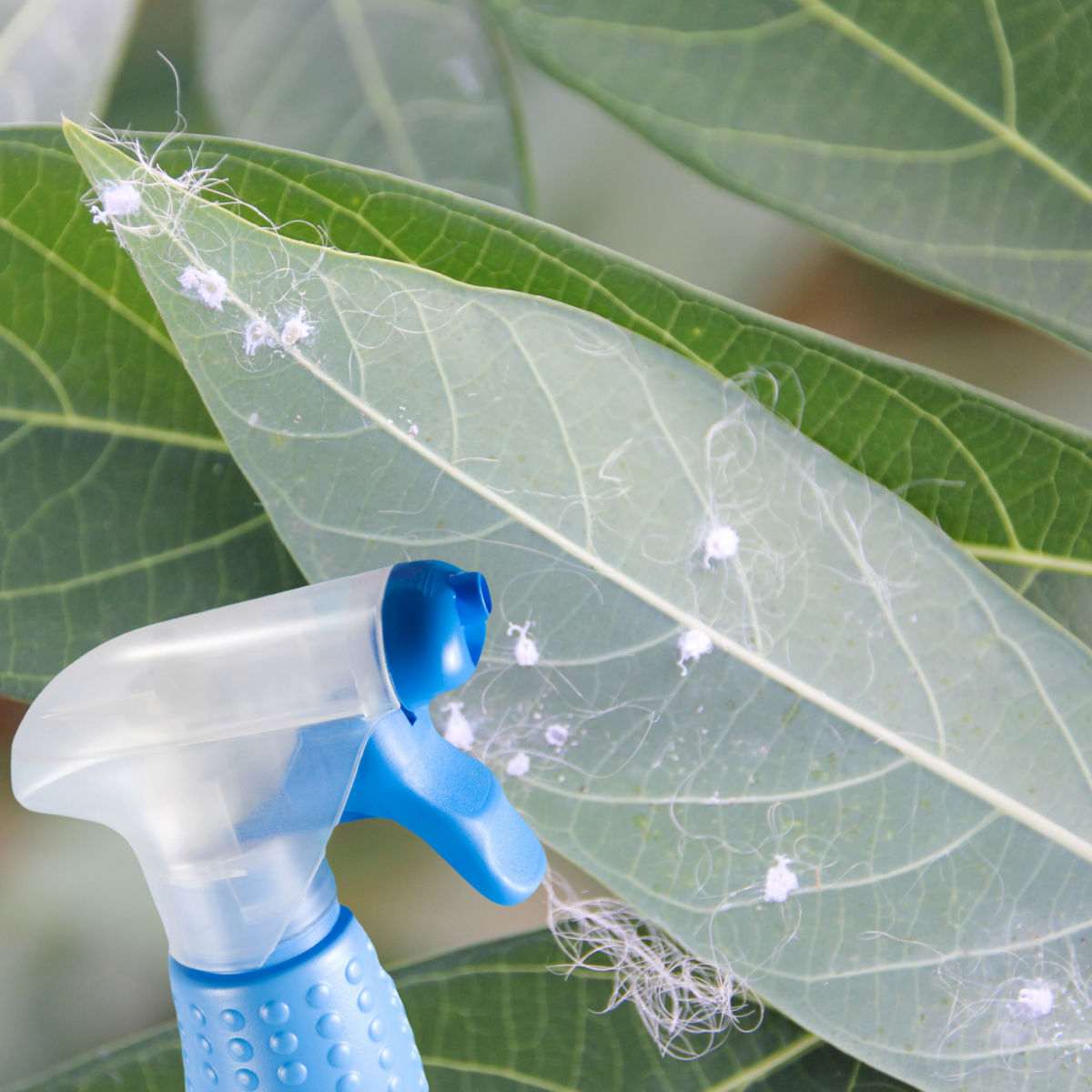
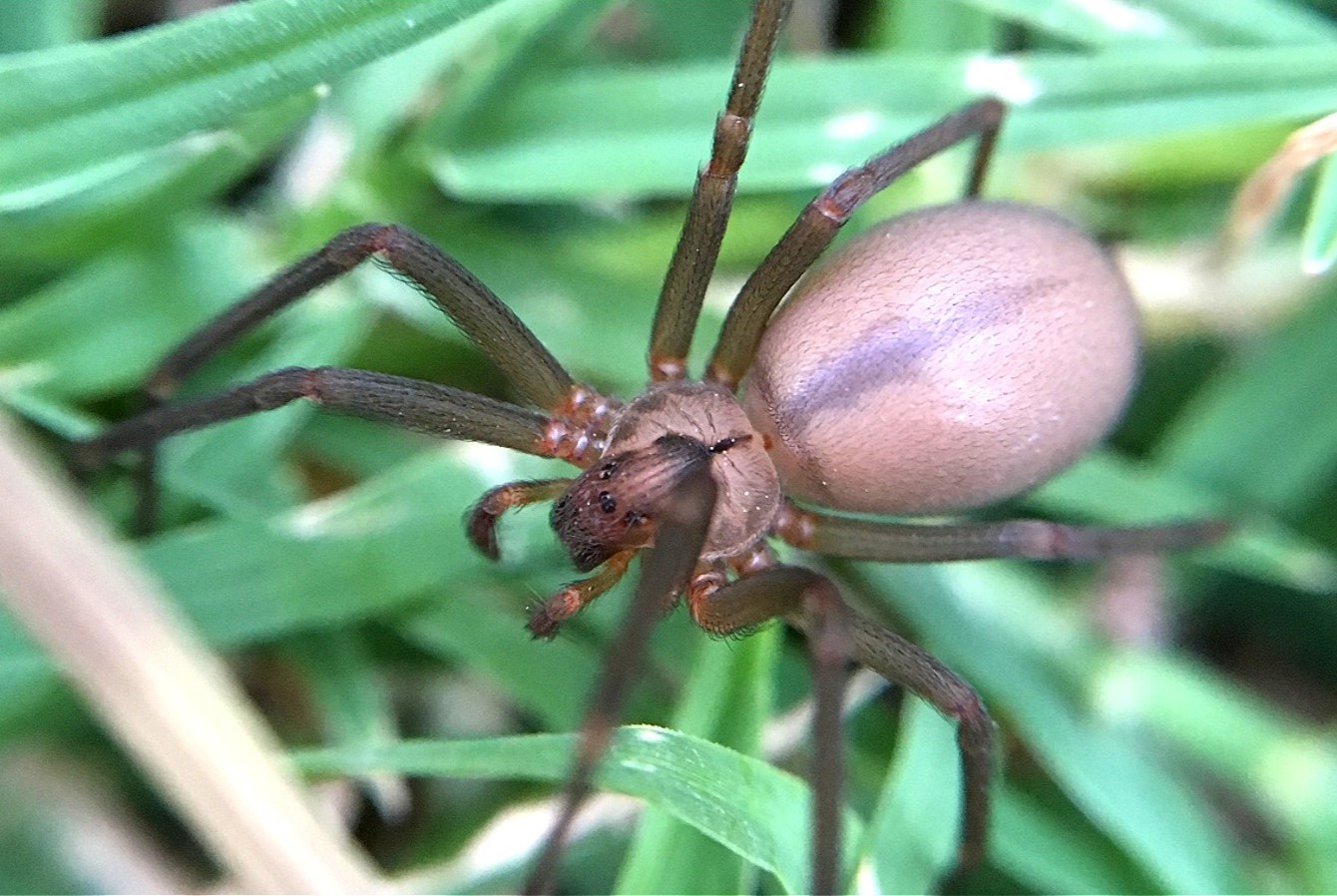
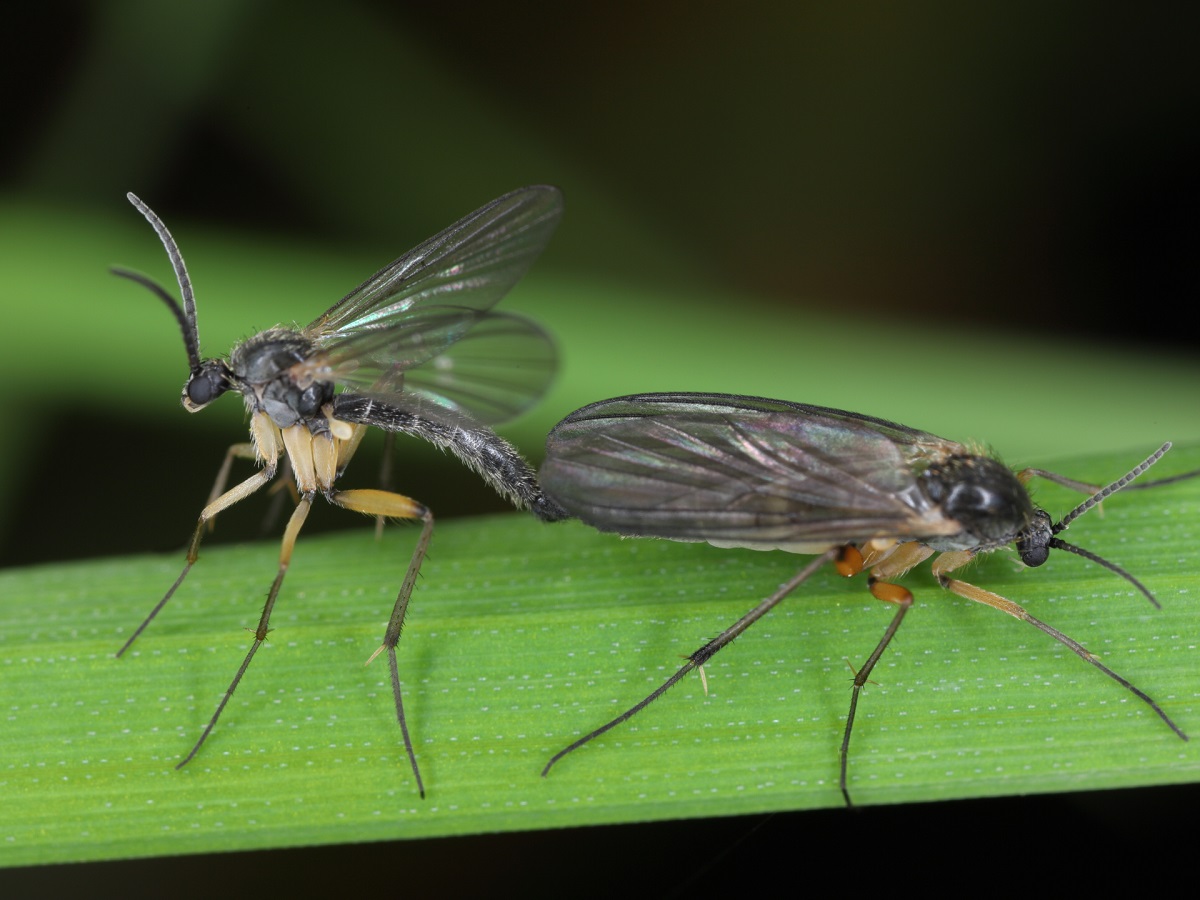
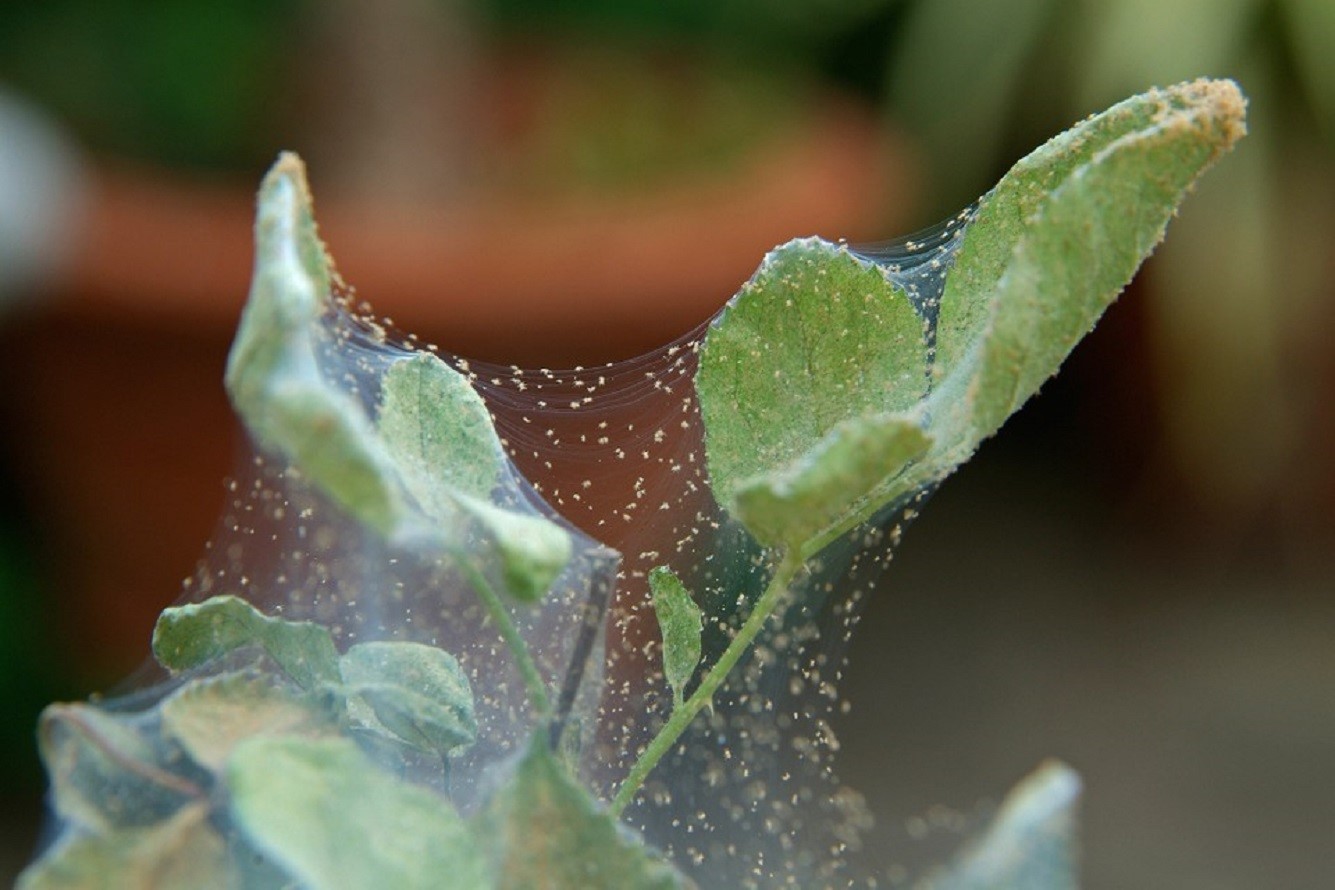
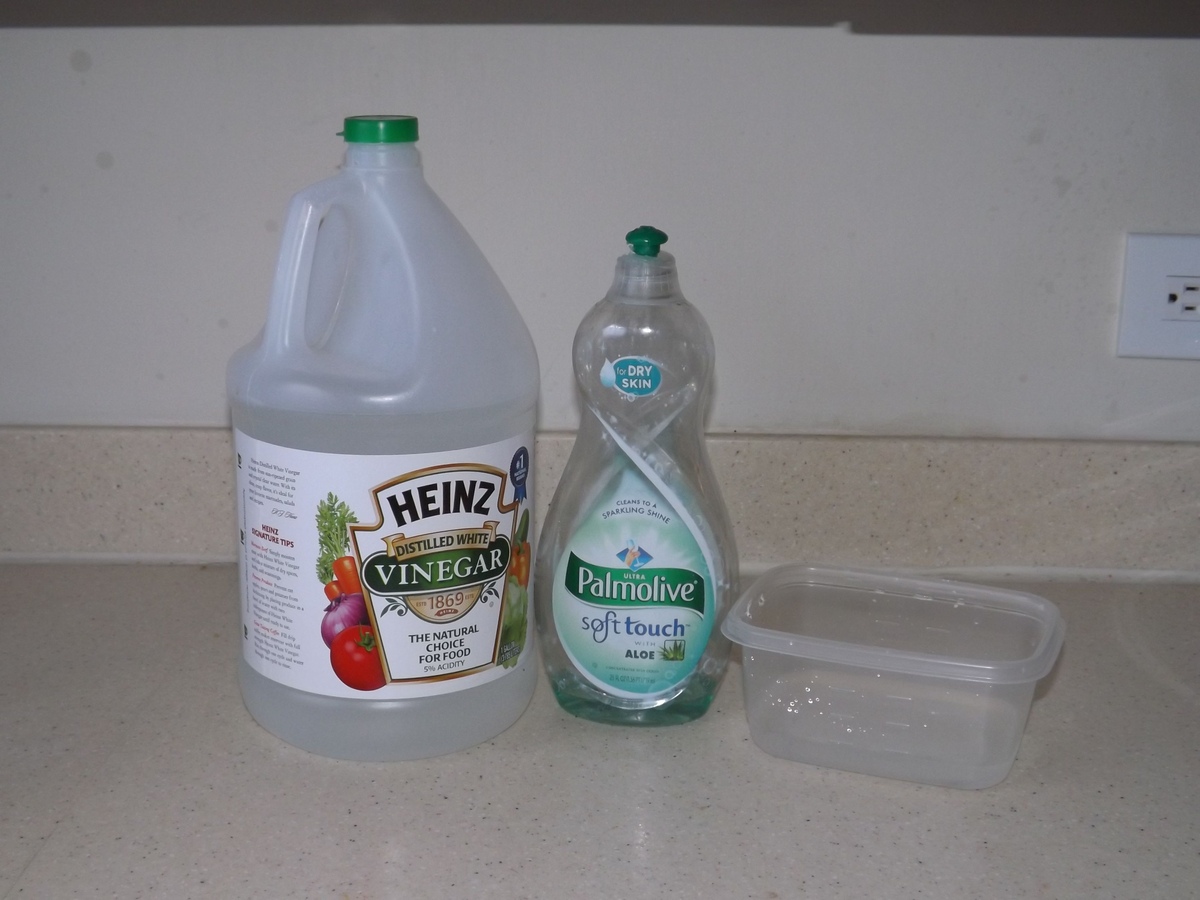
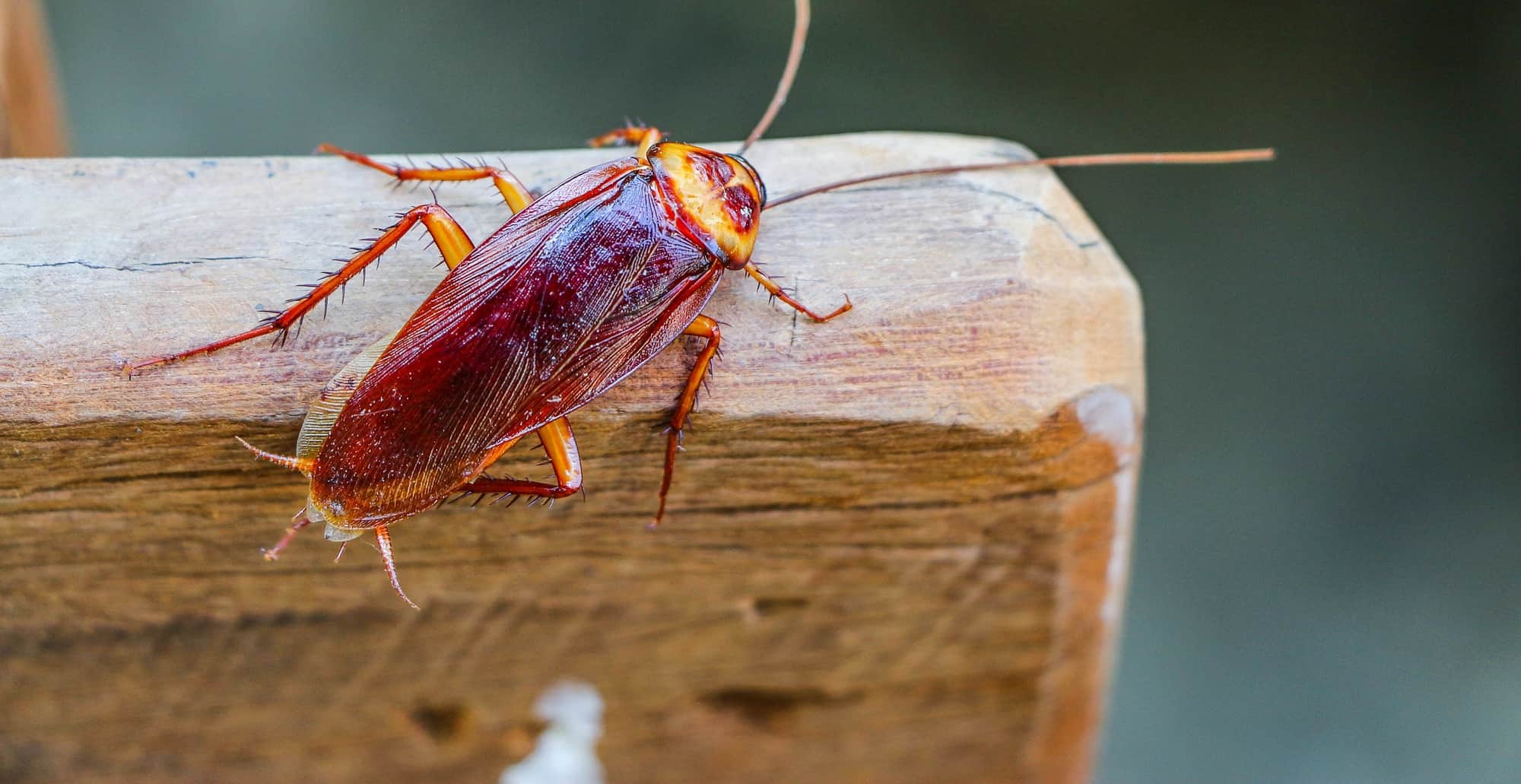
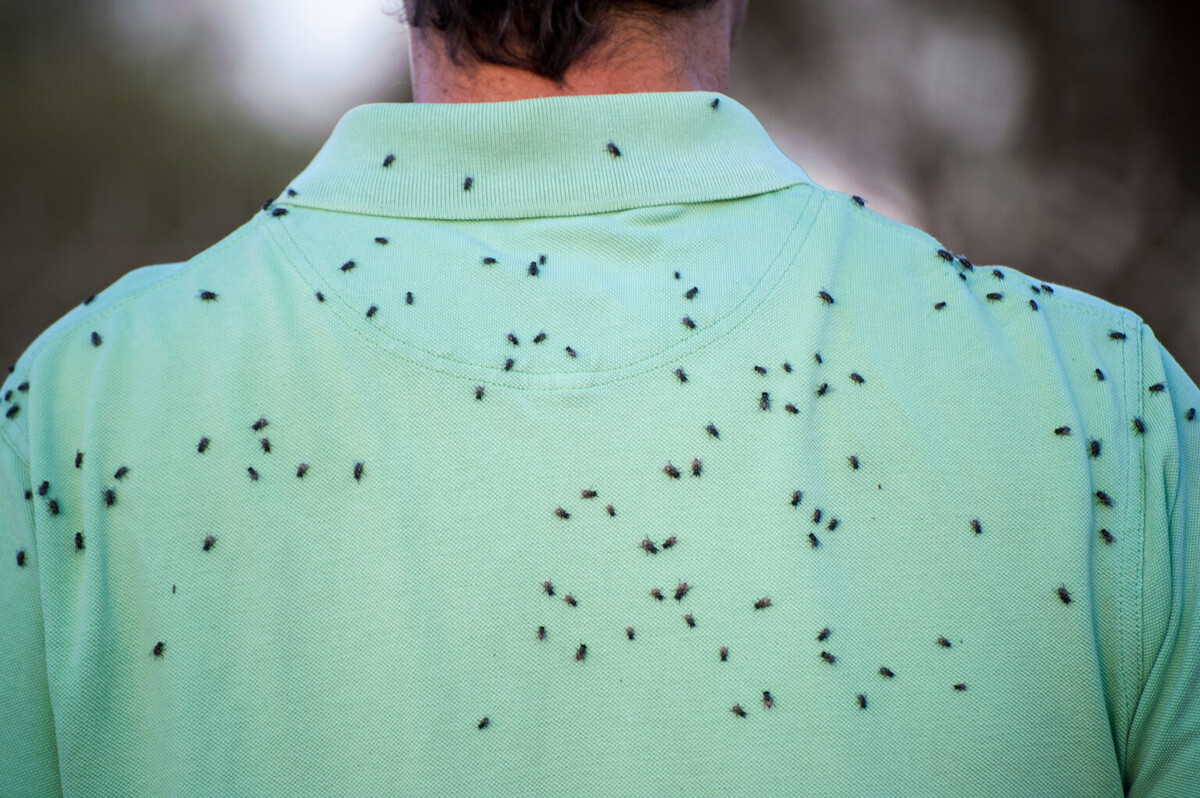
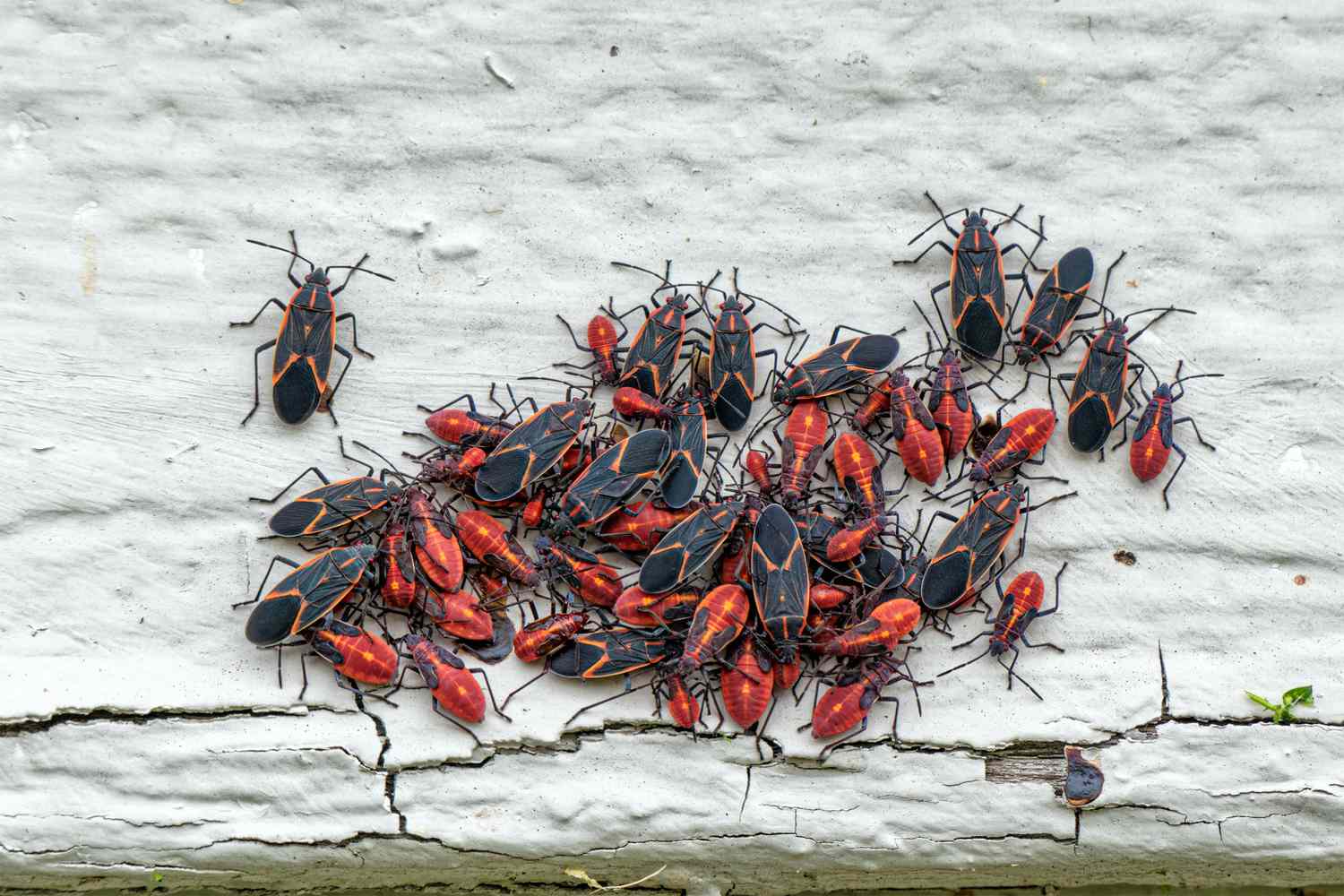
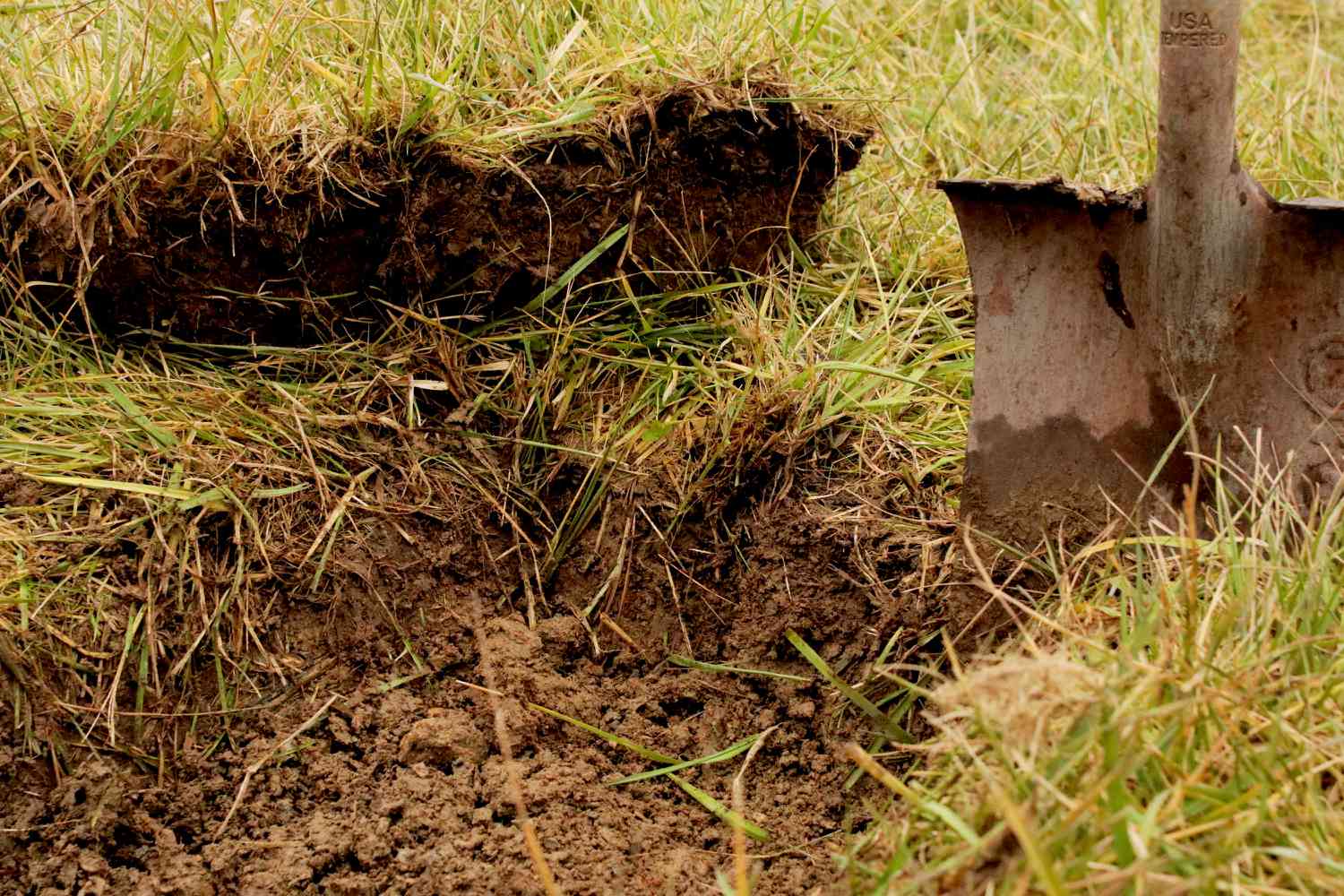
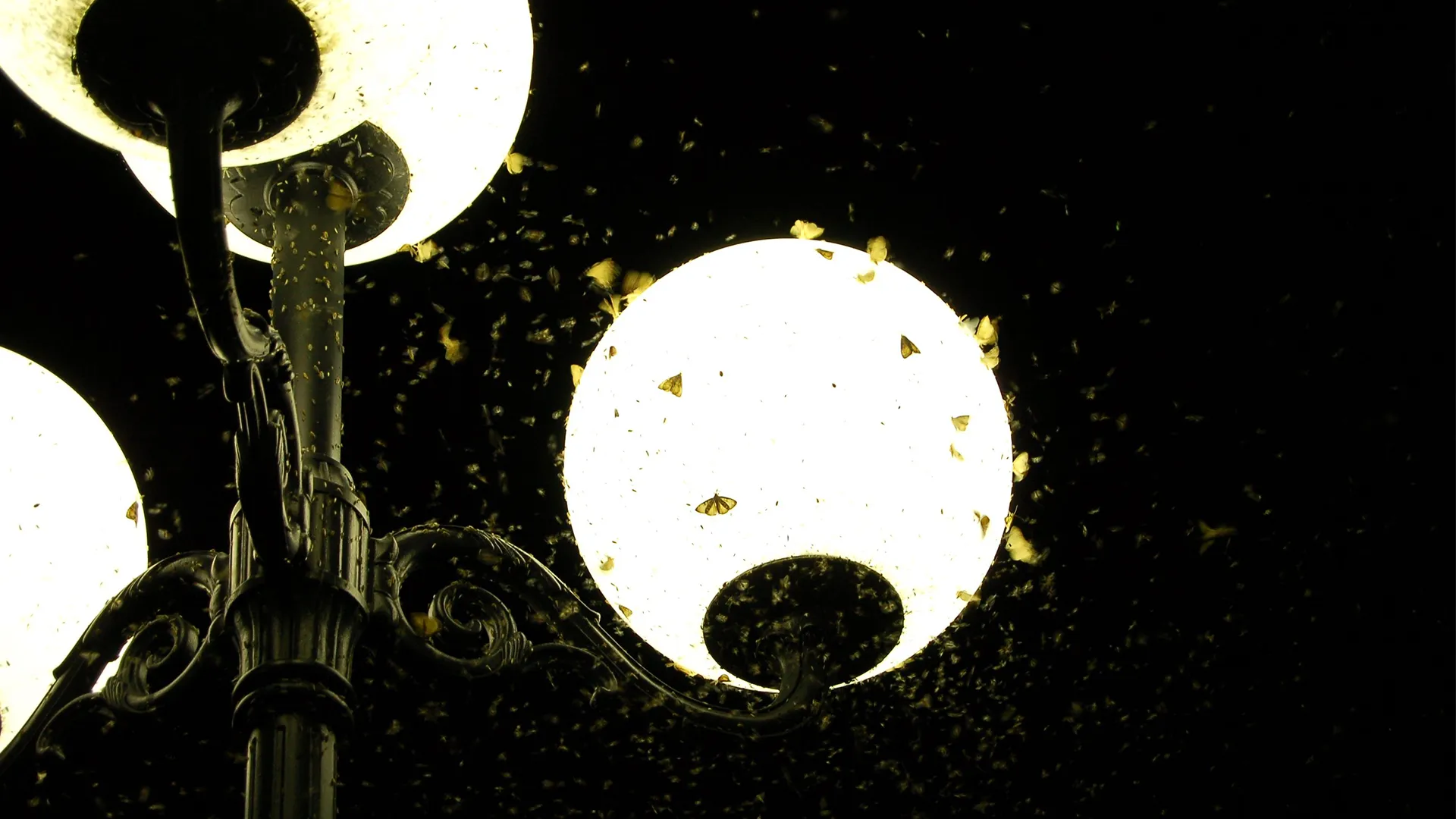


0 thoughts on “How To Get Rid Of Gnats In Outdoor Plants”